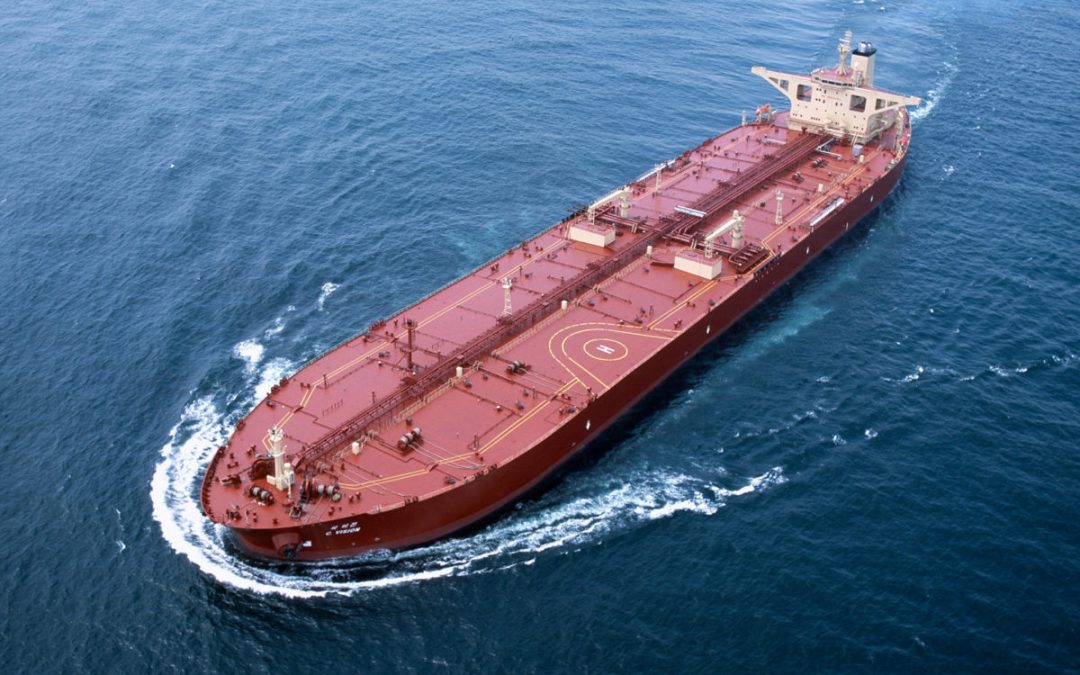Rates for Very Large Crude Carrier voyages loading in West Africa have so far failed to mount a sustained recovery from the lows experienced during the summer months of 2024, with sources pointing to an oversupply of tonnage, lower-than-expected cargo inquiry levels and weakness in the key Persian Gulf and US Gulf markets.
Platts, part of S&P Global Commodity Insights, assessed freight on the 260,000 mt WAF-Far East route at w54.5 on Nov. 1, down from its recent high of w63.5 on Oct. 7 and closer to the levels seen during June and July, when the tanker market was experiencing a seasonal summer lull.
“Things have been quiet, and the market is looking shaky,” a London-based VLCC broker said. “I’m hesitant to call things right down though, as if the US Gulf takes off, owners will get the bit between their teeth.”
This bearishness comes despite widespread expectations that the VLCC market would see a busier period of activity in the fourth quarter of 2024 and the recent increase in WAF Suezmax rates. Platts assessed freight on the 130,000 mt WAF-UK/Continent route at w95 on Nov. 1, down from a peak of w105 on Oct. 4, but up significantly from its third-quarter nadir of w72.5 seen Sept. 26.
“I’m less confident that the end of year is going to be as good as we thought it was going to be, unless OPEC open the taps and draws back the tight cuts, in which case we could get a contango situation with the price of oil falling through the floor,” a second London-based VLCC broker said.
A third London-based VLCC broker agreed with this view, although he noted that there was a possibility that many of the extra cargoes produced as a result of the unwinding of OPEC+ cuts might simply be chartered on a COA [contract of affreightment] basis, which would have a limited effect on demand levels in the VLCC spot market.
However, despite the current prevailing bearish sentiment, a Europe-based shipowner argued that cargo inquiry levels in the VLCC segment remain healthy, and that the market appears quieter than it really is as many fixtures are being settled under the radar.
“Ships are getting fixed, but there’s limited activity on the surface, which puts some slight downward pressure on rates,” the shipowner said. “Charterers are trying to control rates — if you don’t show the full activity levels to the market, you can dampen sentiment.”
The same shipowner added that the WAF VLCC market had seen in the region of 28-30 cargoes over the past month, only a fraction of which are reported, while in the Persian Gulf, only 30%-40% of all VLCC fixtures get circulated to the wider market, with the rest fixed privately or on a COA basis.
As for the remainder of the fourth quarter, a Europe-based VLCC broker said a modest increase in rates was possible due to higher winter oil demand and greater owner resistance, but that he said the market was unlikely to reach the highs seen in the first quarter of 2024.
Source: Platts






